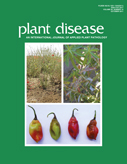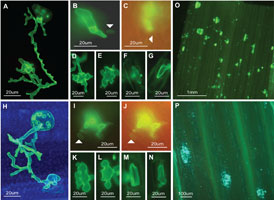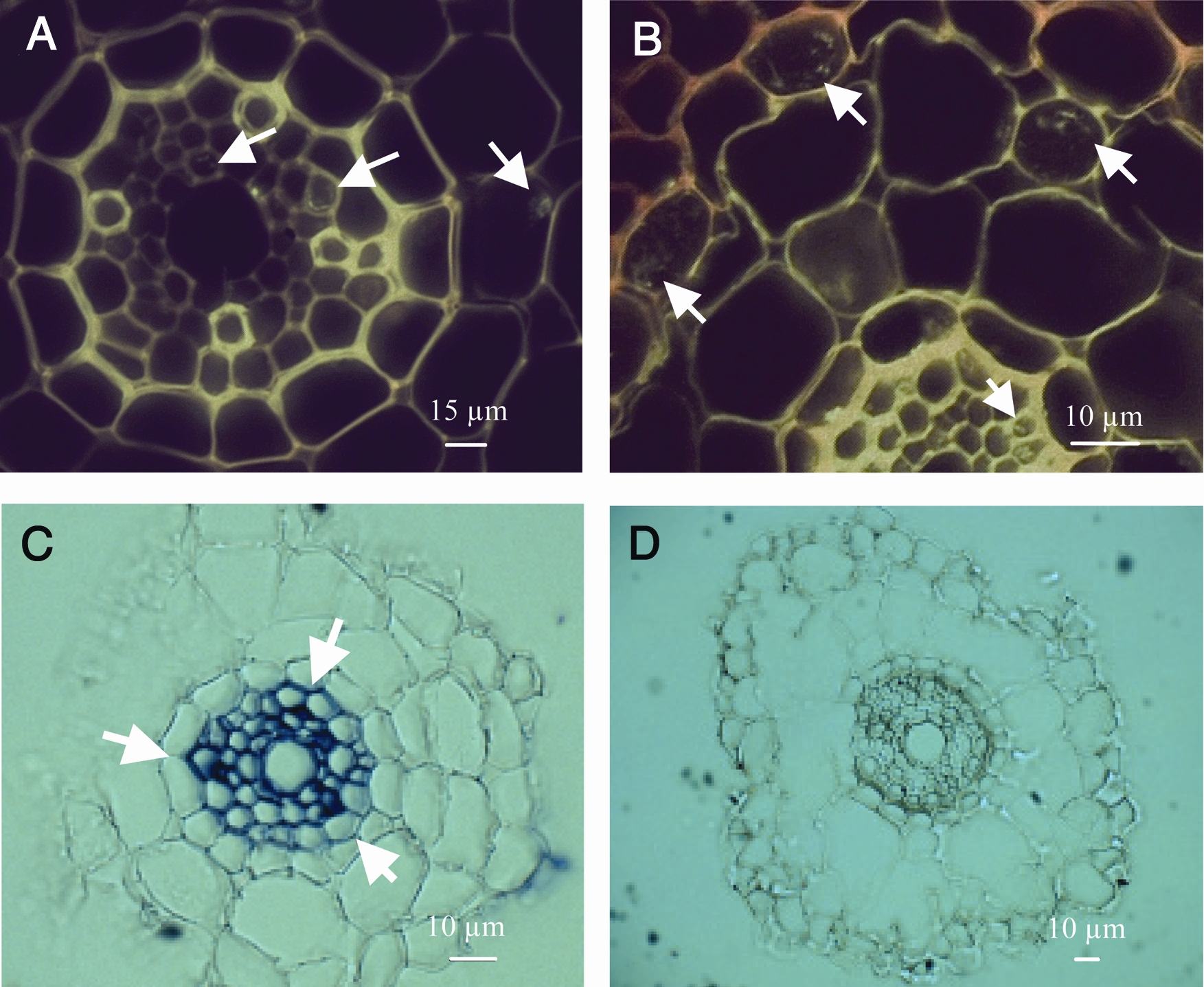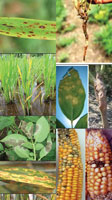|
Editors' Picks | |
Plant Disease
Editor's Pick
 Dr.
R. Michael Davis, Editor-in-Chief Dr.
R. Michael Davis, Editor-in-Chief
In
the October issue of Plant Disease, C. D. Garzon and colleagues
demonstrate that low doses of the fungicide mefenoxam result in increased levels
of Pythium-induced damping-off caused by Pythium isolates resistant to
the fungicide. This work may explain certain occurrences of elevated disease
severity following applications of fungicides. Read
more...
MPMI Editor's Pick
Dr. Gary Stacey, Editor-in-Chief
 The
default state of most plant-pathogen interactions is 'no disease' due to the
non-host resistance (NHR) response. In the October issue of MPMI,
Ayliffe et al. explore natural NHR variation in rice, which shows broad
resistance to cereal rust pathogens. The data suggest that these pathogens
can colonize rice to varying extents but without disease, in contrast a
dicot rust pathogen rarely colonized. Understanding and strengthening NHR
systems into crop plants could be an effective means to provide broad
resistance. Read
more... The
default state of most plant-pathogen interactions is 'no disease' due to the
non-host resistance (NHR) response. In the October issue of MPMI,
Ayliffe et al. explore natural NHR variation in rice, which shows broad
resistance to cereal rust pathogens. The data suggest that these pathogens
can colonize rice to varying extents but without disease, in contrast a
dicot rust pathogen rarely colonized. Understanding and strengthening NHR
systems into crop plants could be an effective means to provide broad
resistance. Read
more...
Phytopathology Editor's Pick
Dr. Niklaus Grunwald, Editor-in-Chief
 Dieryck
et al. developed an ingenious way of studying transmission of the Peanut
clump virus by the protist vector Polymyxa graminis on cereal.
Experimental, reliable virus transmission is complicated by the difficulties
in maintaining cultures of vector and virus together on the same host plant.
Using sugarcane as the common host for virus and vector, this work enabled
controlled study of virus transmission in different forma speciales of
P. graminis on cereal. Read
more... Dieryck
et al. developed an ingenious way of studying transmission of the Peanut
clump virus by the protist vector Polymyxa graminis on cereal.
Experimental, reliable virus transmission is complicated by the difficulties
in maintaining cultures of vector and virus together on the same host plant.
Using sugarcane as the common host for virus and vector, this work enabled
controlled study of virus transmission in different forma speciales of
P. graminis on cereal. Read
more... |
|
Plant Disease Feature Article |
 In
this month's Feature Article, Savary et al. discuss climate change and
global social, economic, and resource allocation changes and their complex
interactions with plant diseases and human responses to plant disease
outbreaks. These changes pose challenges for international
agricultural research organizations and the authors describe how these
organizations are responding. Read
more... In
this month's Feature Article, Savary et al. discuss climate change and
global social, economic, and resource allocation changes and their complex
interactions with plant diseases and human responses to plant disease
outbreaks. These changes pose challenges for international
agricultural research organizations and the authors describe how these
organizations are responding. Read
more... |